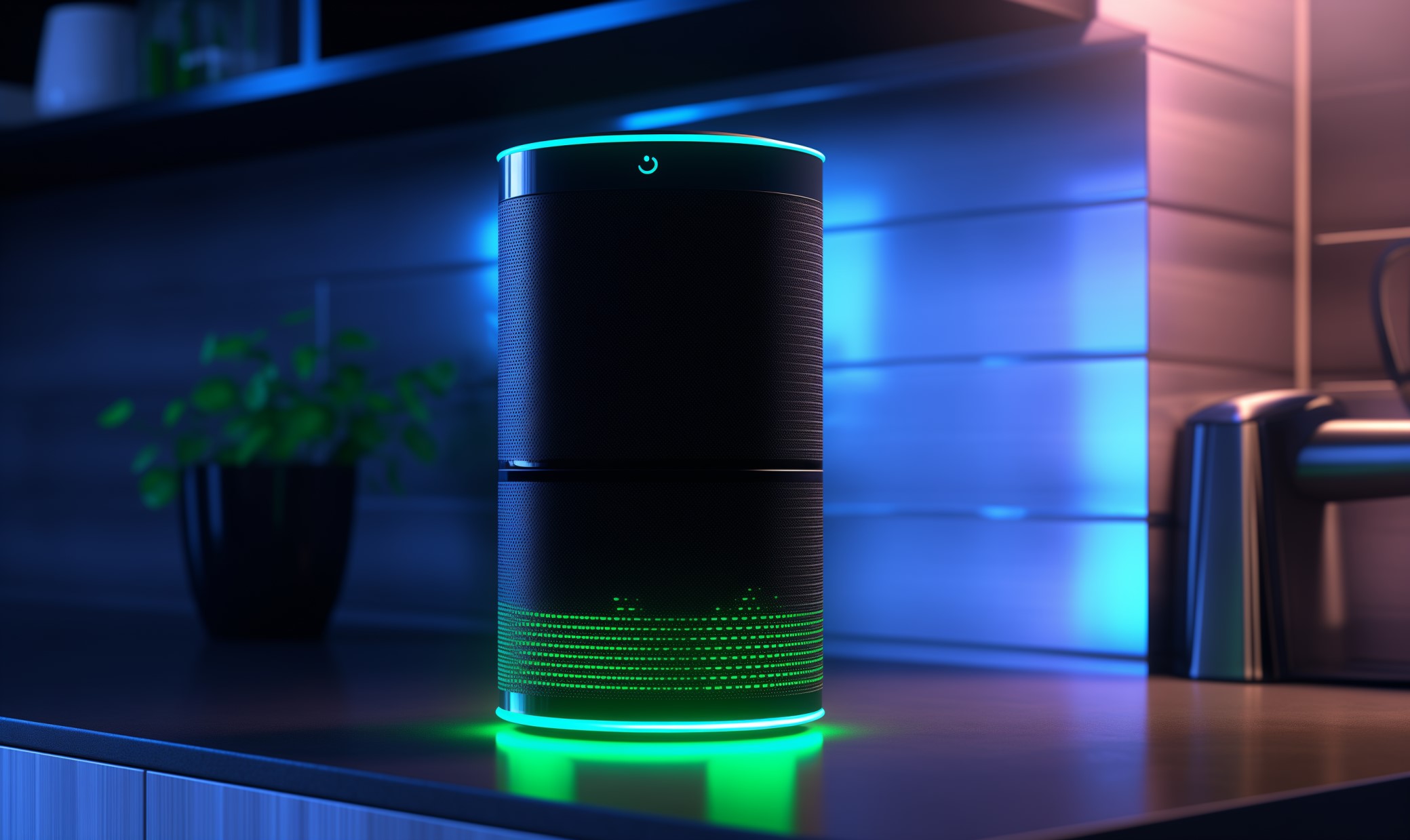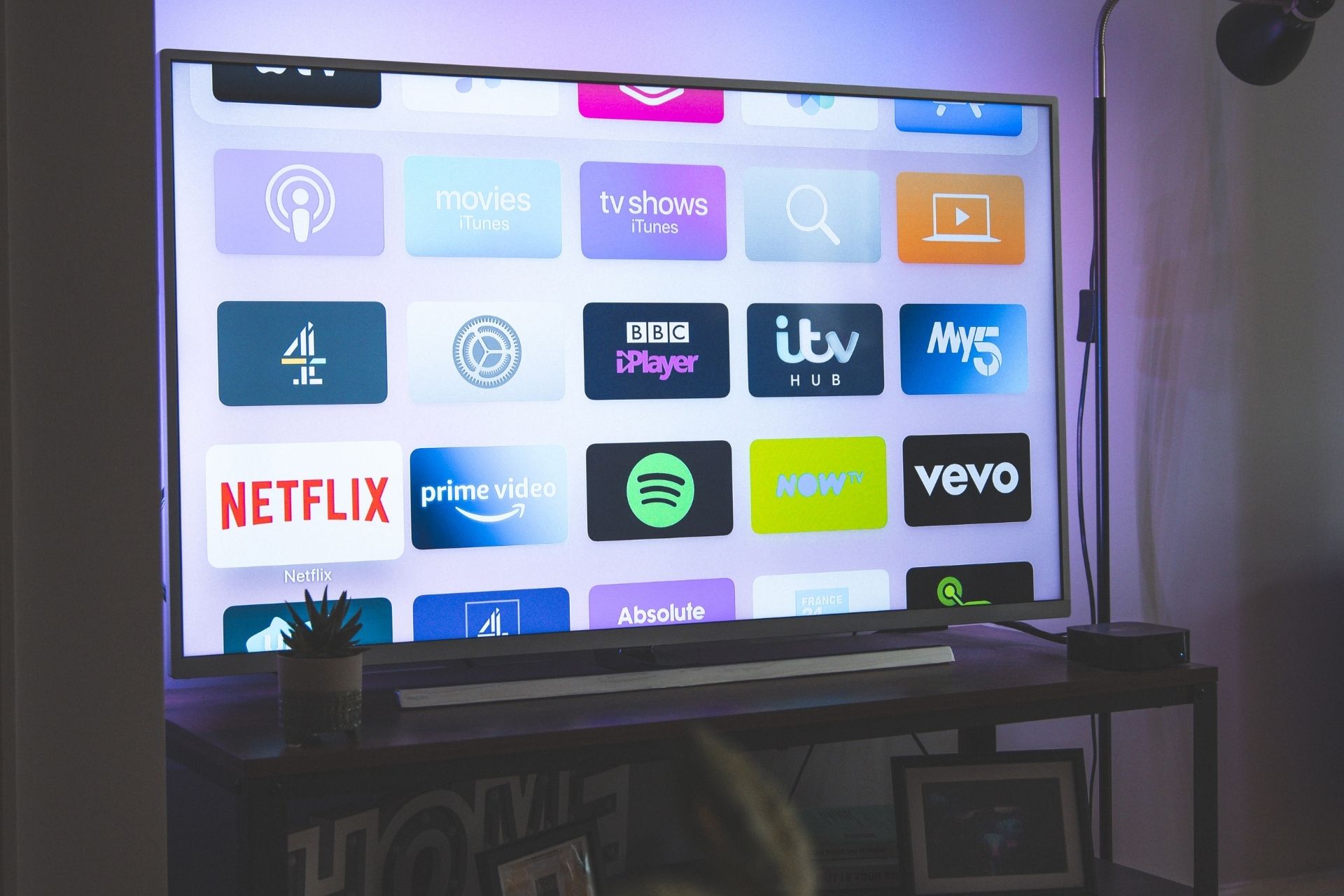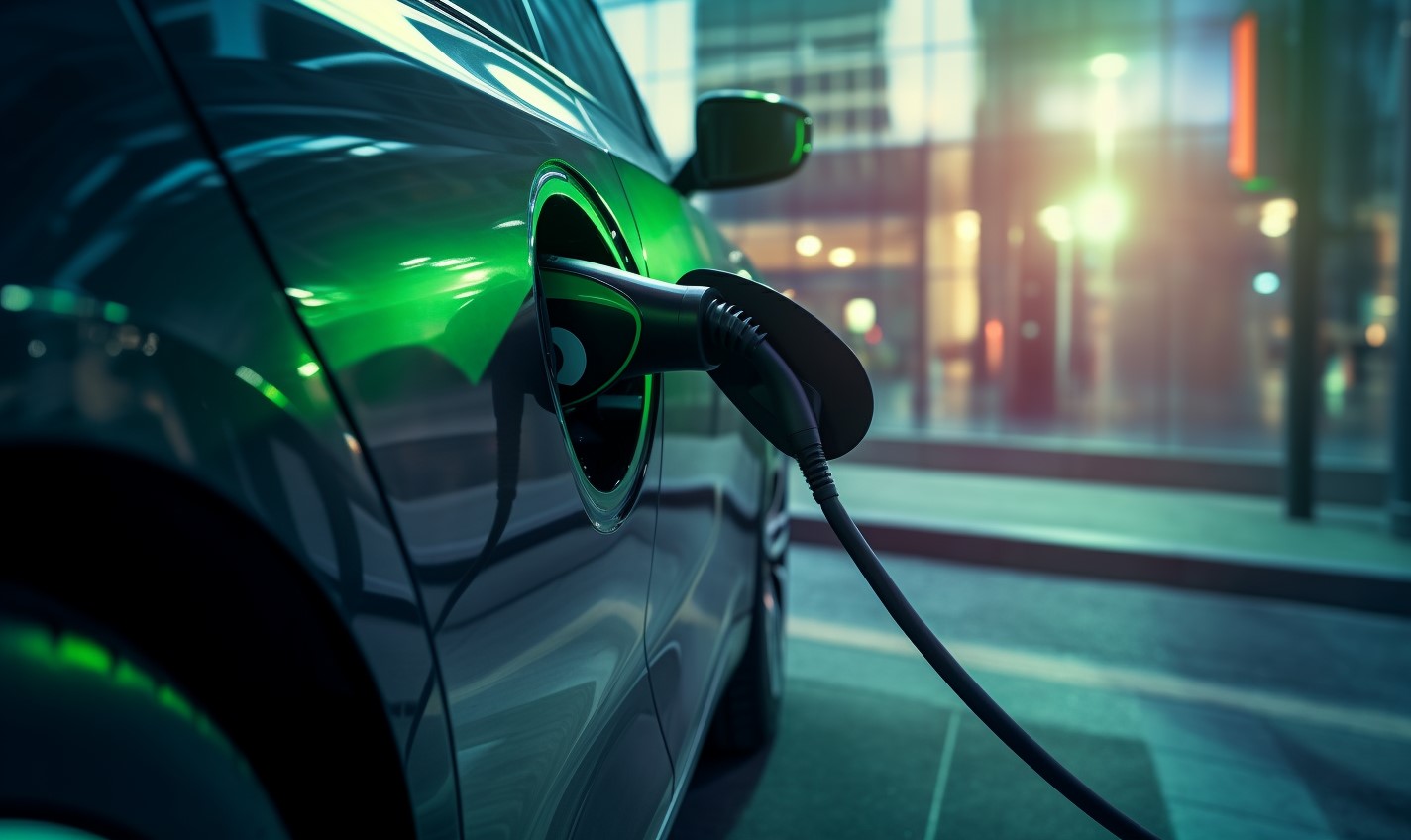If you’ve spent much time reading about technology, you’ve probably seen people make some bold claims about the IoT. It seems like as more devices connect to one another, the world will improve on many fronts. What effect does the Internet of Things have on the environment, though?
Technology and the environment have had a complicated history, to say the least. While some technologies help reduce your carbon footprint, others seem to have the opposite effect. So, where does the IoT fall in this spectrum?
Managing Waste
One of the most significant ways the internet of things helps the environment is through managing various types of waste. Many IoT devices come with ways to measure electricity use so that people can see how to reduce their energy use. These technologies enable people to take more control over their energy waste.
IBM is currently working with energy companies to develop methane-detecting IoT devices to help reduce air pollution. With sensors like these, businesses could see what processes produce the most waste and fix them. The more IoT devices can measure, the more waste they can help people reduce.
Precision Agriculture
Another area where the IoT could help improve sustainability is precision agriculture. This practice involves using IoT devices throughout a farm to grow more with fewer resources. Since agriculture accounts for 70% of freshwater withdrawals, this precision is a necessary step towards sustainability.
The IoT enables precision agriculture through a variety of technologies. Smart irrigation systems ensure farms only use as much water as they need by monitoring soil hydration. Sensors in the soil can show farmers the most nutrient-rich areas to plant crops in, growing more in less land.
Environmental Monitoring
Some organizations use the internet of things to protect the environment in different areas. Things like illegal logging have been difficult to stop before, but the IoT makes it possible. By attaching sensors to trees, authorities can receive alerts whenever someone uses a chainsaw in a forest.
Scientists have attached tracking devices to wild animals to monitor their activity for years now. By observing their behavior, researchers can learn more about what impacts animals’ ecosystems. They can then take steps to protect these animals and their habitats.
The IoT’s Energy Needs
The internet of things does come with some sustainability concerns of its own, though. All of these devices mean more electricity usage, which often means burning fossil fuels. Without green energy, the IoT becomes a sizable contributor to carbon emissions.
Since they’re usually small, individual IoT devices don’t use much energy. A vast network of millions of these gadgets, however, adds up to a lot of electricity. Researchers are looking into green IoT devices, but these technologies aren’t widespread yet.
Data Center Sustainability Concerns
The devices themselves aren’t the only concern when it comes to the internet of things and the environment. Storing and transmitting all the data captured by these sensors requires a lot of work from data centers. This might be a problem since data centers are notoriously energy-hungry.
In China alone, data centers generated 99 million metric tons of carbon dioxide in 2018. With more internet-connected devices, the world will need more of these data centers. Some companies are moving towards a net-zero emissions model, but that will take time.
Using the IoT for the Environment
The internet of things has vast potential for helping protect the environment. At the same time, it presents some possible issues with energy consumption. For the IoT to help green initiatives, IoT companies will have to establish eco-friendly ways to use these devices.
The IoT could either save the planet or contribute to its destruction. Which course it’ll take depends on how companies use it.
Recent Stories
Follow Us On
Get the latest tech stories and news in seconds!
Sign up for our newsletter below to receive updates about technology trends














